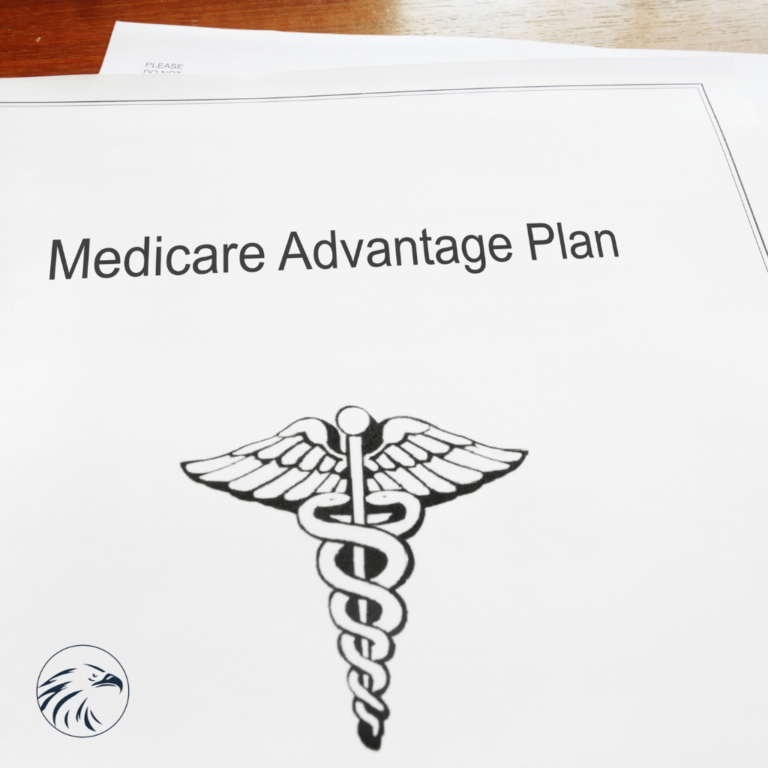
Medicare Advantage (Medicare Part C) plans have become increasingly popular, with over 30 million Americans—nearly half of all Medicare beneficiaries—now enrolled in these plans. While the growing number of Medicare Advantage options provides more choices for seniors, it also makes selecting the right plan more complex.
At American Assurance, we help seniors navigate these important healthcare decisions. Before choosing a Medicare Advantage plan, it’s essential to evaluate several key factors that can significantly impact your healthcare experience and costs. This guide will walk you through the seven most critical considerations to help you make an informed decision.
1. Provider Networks: Ensuring Your Doctors Are Covered
Unlike Original Medicare, which is accepted by most doctors nationwide, Medicare Advantage plans typically operate with specific provider networks. These networks directly impact which doctors, specialists, and hospitals you can visit at the in-network cost.
Many Medicare Advantage enrollees report satisfaction with their plans until they discover a needed provider isn’t covered.
Avoid this pitfall by thoroughly reviewing network directories before enrolling.

2. Prescription Drug Coverage: Understanding the Formulary
Most Medicare Advantage plans include prescription drug coverage (Medicare Part D). However, each plan has its own “formulary”—a list of covered medications organized into cost tiers—that determines how much you’ll pay for your prescriptions.
Remember that formularies can change each year, so even if you’re satisfied with your current plan, it’s important to review the drug coverage during the Annual Enrollment Period (October 15 – December 7).
3. Additional Benefits: Looking Beyond Basic Coverage
One of the major advantages of Medicare Advantage plans is that many offer benefits not covered by Original Medicare. These “extra” benefits vary widely between plans and carriers, and could significantly impact your healthcare experience and costs.
Common Additional Benefits to Compare:
While additional benefits can provide real value, they should generally be secondary considerations after evaluating network coverage and prescription drug coverage.

4. Out-of-Pocket Maximum: Your Financial Safety Net
One of the most important financial protections in Medicare Advantage plans is the out-of-pocket maximum. This is the absolute most you could pay for covered services in a year, providing a crucial safety net against catastrophic healthcare costs.
For individuals with ongoing health concerns or those who want protection against unexpected health issues, a lower out-of-pocket maximum often provides valuable peace of mind, even if it comes with slightly higher premiums.

5. Star Ratings: Measuring Plan Quality
Medicare evaluates all Advantage plans annually using a 5-star rating system. These ratings provide objective measurements of plan quality and performance based on factors like member satisfaction, customer service, and clinical care quality.
Higher-rated plans generally provide better care coordination, more effective disease management, and a more satisfying member experience. While higher-rated plans sometimes have higher premiums, the quality difference can be worth the additional cost.
6. Premium and Cost Structure: Beyond the Monthly Payment
Many people focus primarily on the monthly premium when comparing Medicare Advantage plans. While premiums are important, they’re just one part of the overall cost structure that will affect your healthcare expenses.
The “cheapest” plan is rarely the one with the lowest premium—it’s the one that offers the best overall value based on your specific healthcare needs and utilization patterns.

7. Service Area Restrictions: Geographic Coverage Considerations
Medicare Advantage plans have specific service areas, typically defined by county. Understanding these geographic restrictions is particularly important if you:
For those who travel extensively or maintain multiple residences, the geographic limitations of Medicare Advantage plans might be a significant drawback to consider.
Making Your Final Decision: Putting It All Together
Choosing the right Medicare Advantage plan requires balancing multiple factors based on your personal healthcare needs, preferences, and financial situation. Here’s a step-by-step approach to making your final decision:
How American Assurance Can Help
At American Assurance, our experienced Medicare advisors understand the complexities of Medicare Advantage plans and can help you navigate your options. We offer:
Medicare decisions can significantly impact both your healthcare experience and your finances. By carefully considering these seven critical factors and seeking professional guidance when needed, you can choose a Medicare Advantage plan that provides the coverage, access, and value you deserve.
Contact American Assurance today for a no-obligation consultation to discuss your Medicare Advantage options.
This information is current as of 2023 but is subject to change. Medicare Advantage benefits, premiums, and provider networks can vary by location and may change annually. American Assurance specializes in helping seniors navigate their healthcare options to find comprehensive, affordable coverage that meets their unique needs.

